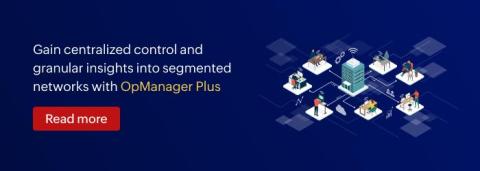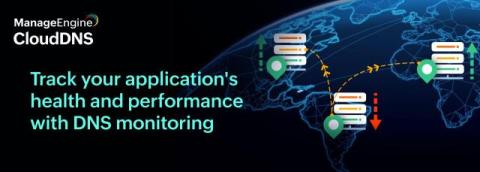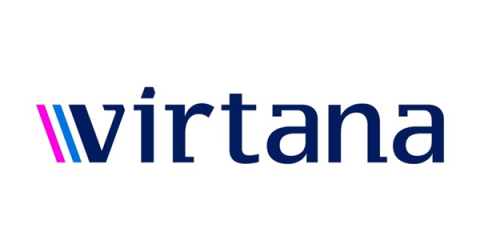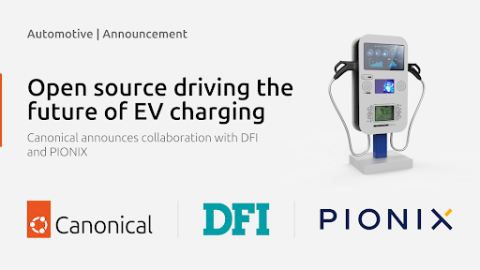MySQL String Functions in Action
What’s so special about MySQL? Why do most developers choose this relational system for managing databases? MySQL is widely used primarily because it’s based on the Structured Query Language (SQL), which is a perfect fit for accessing and handling records. Additionally, MySQL attracts users with its scalability and robust performance. This post will focus on another advantage that should be mentioned to highlight the value of MySQL.











